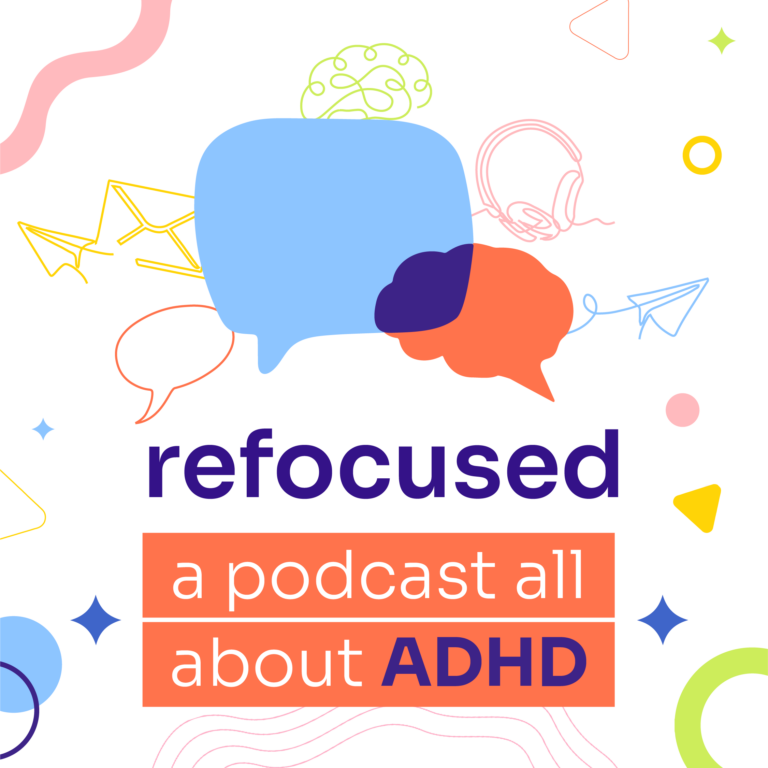By Mary Fetzer
For a child with ADHD, behavior-based therapy, counseling and education services are often recommended as the first line of treatment for symptoms. If these techniques do not sufficiently manage a child’s ADHD symptoms, however, parents may turn to medication.
“Stimulants and non-stimulants are the two main classes of ADHD medications, but there is no one-size-fits-all approach to medications for ADHD,” says Ryan Sheridan, a psychiatric mental health nurse practitioner in Washington, D.C. “Each child is highly unique, and what works for some may not work for others.”
Parents may have to experiment with a variety of medications and dosages based on any number of factors, such as the child’s genetics, metabolism and tolerance to side effects. Here are more details on options available for the treatment of ADHD in children:
Stimulants
Stimulants are considered the first line therapy for treatment of ADHD in children. These prescribed drugs stimulate the central nervous system by increasing the amounts of dopamine and norepinephrine in the brain. The result is an improvement in ADHD symptoms such as attention span, concentration and hyperactivity.
Stimulants have the potential for misuse and dependence, and the federal Drug Enforcement Administration regulates them as a controlled substance for which a prescription is required. The most common side effects include decreased appetite, weight loss and difficulty falling or staying asleep. And because they are stimulants, the medications can cause nervousness, anxiety and irritability.
Here are the most common stimulants for ADHD:
• Methylphenidate Stimulant: Ritalin
In 1955, the FDA approved a methylphenidate called Ritalin. Awareness and diagnoses of ADHD grew in the 1980s and 1990s. Since then, Ritalin has been the go-to medication for the safe and effective treatment of the disorder in children, keeping them on task and decreasing the impulsive and hyperactive behaviors that are symptomatic of ADHD.
Short-acting Ritalin works for three to five hours. Extended-release Ritalin LA, which enters the bloodstream more slowly, works for six to eight hours. Because its efficacy does not span a full day, Ritalin is typically administered multiple times per day or at least when it can benefit a child most, such as at the beginning of a school day.
Other brands of methylphenidate include Concerta, Adhansia XR and Quillivant XR. Generic methylphenidate is also available. Jornay PM is a unique methylphenidate that the FDA approved in 2019. It is taken at night, begins working in the morning, and slowly releases throughout the day.
• Amphetamine-Based Stimulant: Adderall
Adderall, the most common amphetamine-based stimulant for the treatment of ADHD, was approved by the FDA in 1996. It is the combination of amphetamine and dextroamphetamine which, when used together, make the drug effective.
Immediate-release Adderall IR is the fastest-acting version of the drug and begins to work in about 20 minutes. It lasts for five to eight hours. Extended-release Adderall XR works for about 10 to 12 hours.
Other brands of amphetamine-based stimulants used for the treatment of ADHD include Dexedrine, Evekeo and DextroStat, as well as generic Adderall (called amphetamine/dextroamphetamine salts).
While Adderall and Ritalin are considered equally effective, individuals may respond to them differently. Parents and healthcare providers should work together to determine which is more appropriate for a child.
Non-Stimulant Medication
Research shows that up to 30% of patients do not respond to stimulant medication for the treatment of ADHD. Non-stimulant options may be prescribed for patients who do not respond to or cannot tolerate stimulants. Non-stimulant medications can also be used in conjunction with stimulant medications for specific ADHD symptoms.
Non-stimulant medications do not contain methylphenidate or amphetamine. They can take up to six weeks to begin working. They are less potent than stimulant medications and do not have the potential for abuse; therefore, they are not controlled substances. However, some non-stimulant medications can cause suicidal thoughts in children, especially when first taken or when dosages are changed.
Here are common non-stimulants for ADHD:
• Atomoxetine: Strattera
The most commonly used non-stimulant medication for children with ADHD is atomoxetine. The FDA approved it for ADHD in 2003, making it the first non-stimulant to be used in this way.
Atomoxetine (brand name is Strattera) works by blocking the reabsorption of serotonin and norepinephrine back into the nerve cells that released them. This increases the levels of active neurotransmitters in the brain. Serotonin is important for regulating mood; norepinephrine plays a role in attention and mental focus.
Side effects include fatigue, trouble sleeping, stomach aches and weight loss.
• Viloxazine: Qelbree
The FDA approved the newest non-stimulant— viloxazine (brand name is Qelbree)— in April 2021. The non-stimulant contains viloxazine hydrochloride and works in the same way atomoxetine does. It’s the first non-stimulant the FDA has approved for ADHD since 2009.
Further testing is needed, but Qelbree most often starts working sooner than Strattera — generally in two to four weeks. Side effects include drowsiness, decreased appetite and difficulty sleeping.
Both Strattera and Qelbree can cause increased heart rate and blood pressure; patients taking them should be monitored closely.
• Guanfacine: Intuniv
Guanfacine (brand name is Intuniv) is a non-stimulant medication that makes adrenaline nerves less active. This causes a notable decrease in hyperactivity and impulsivity. Side effects may include lightheadedness, drowsiness and chest discomfort.
Intunev is the extended-release form of guanfacine; Tenex is the short-acting form of guanfacine.
• Clonidine: Kapvay
Clonidine (brand name is Kapvay) works in the same manner as guanfacine but is 10 times more potent. While the greater impact on symptoms is desirable, the increased side effects, particularly sleepiness and fatigue, are less so.
Kapvay is the extended-release brand of clonidine; Catapres is the immediate-release form.
Beyond Medication
The FDA recently approved a video game, Endeavor RX, as a potential tool for helping children improve attention skills. Combining this type of emerging technology with medication, behavior management and other tools gives parents and clinicians more options for customizing plans that address each child’s needs.




